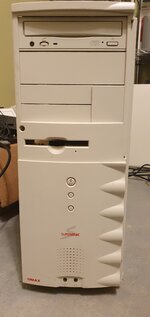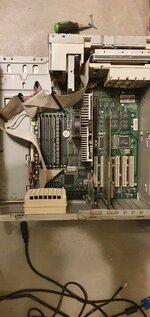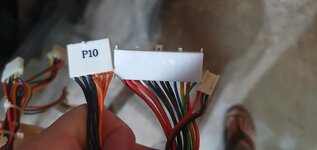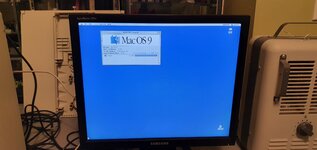Hello everybody. This is my first post here.
Today at an estate sale, on a shelf in a garage was an original S900 box. I figured it to be empty but it looks like there's a unit, dusty but otherwise in great shape on the outside. They wanted a whopping $15 for it. Anyway, I got it home, plugged it in and nothing. Battery is most definitely flat, so I'm trying to test the PSU. Are these flaky? I find an article on how to convert an ATX power supply but I'm a little scared to do that because I don't trust my skills much in this respect, also it looks like mine only has three connectors, a really long one and then a short one, and an even shorter one. Is there something I can to to test the PSU? I tried jumping the two outside pins on the three-wire plug but nothing happened. I opened the PSU and I only see one fuse, but it tests ok. What is the next thing I should check? I'd really like to get this working again.
Today at an estate sale, on a shelf in a garage was an original S900 box. I figured it to be empty but it looks like there's a unit, dusty but otherwise in great shape on the outside. They wanted a whopping $15 for it. Anyway, I got it home, plugged it in and nothing. Battery is most definitely flat, so I'm trying to test the PSU. Are these flaky? I find an article on how to convert an ATX power supply but I'm a little scared to do that because I don't trust my skills much in this respect, also it looks like mine only has three connectors, a really long one and then a short one, and an even shorter one. Is there something I can to to test the PSU? I tried jumping the two outside pins on the three-wire plug but nothing happened. I opened the PSU and I only see one fuse, but it tests ok. What is the next thing I should check? I'd really like to get this working again.




